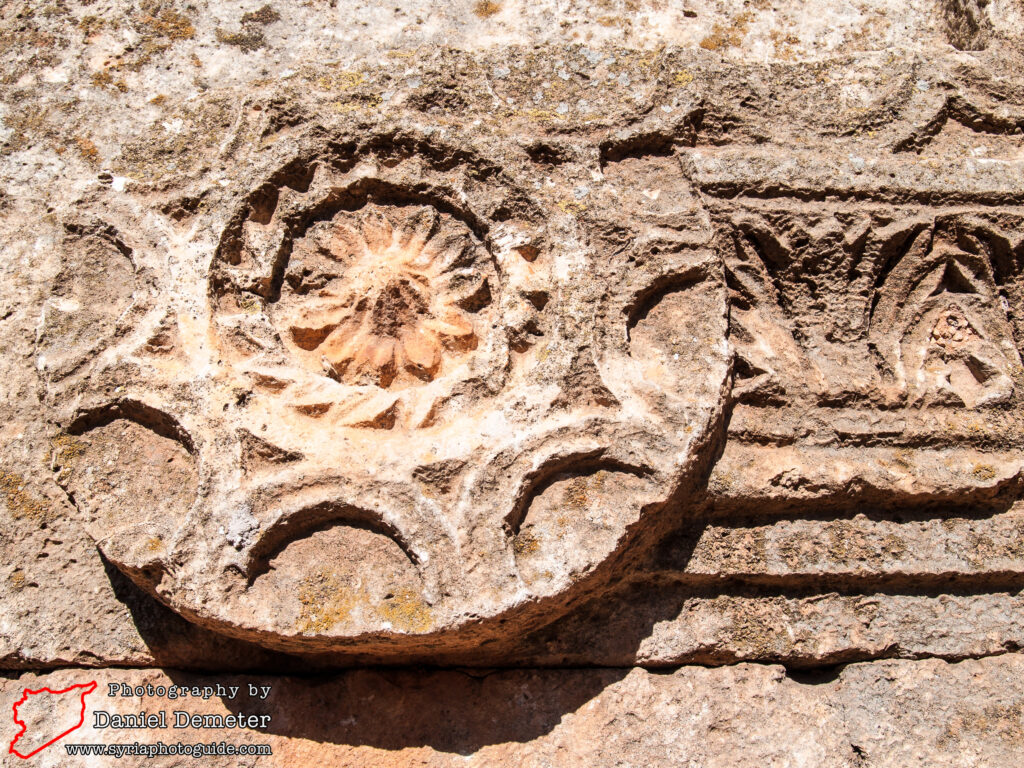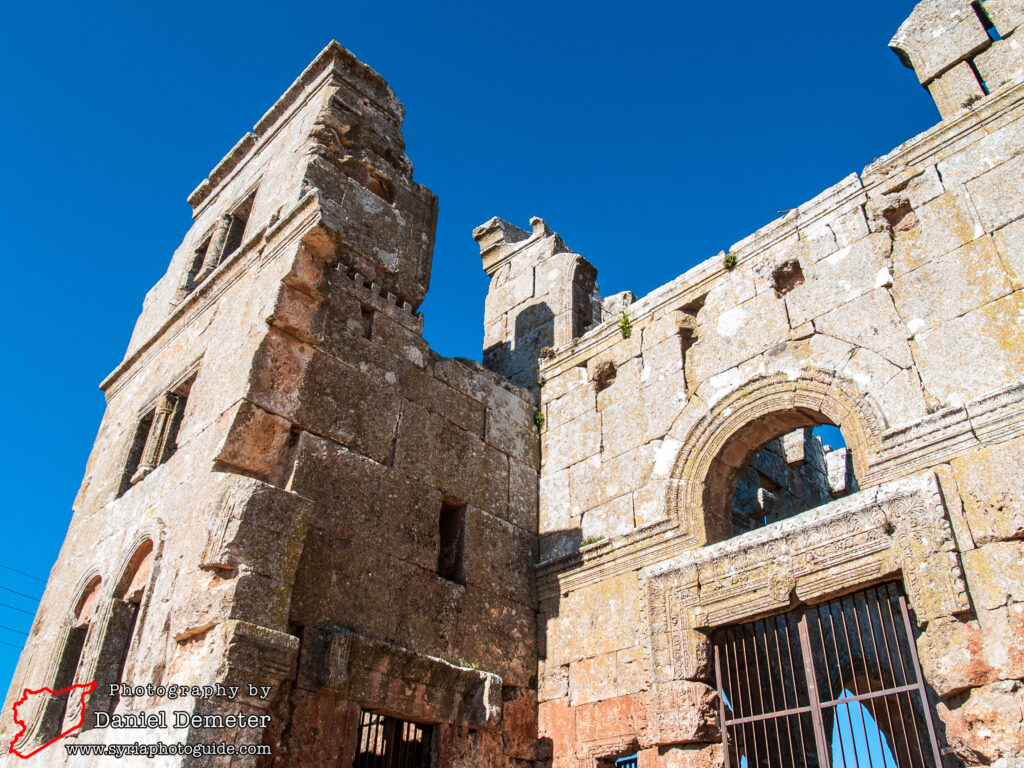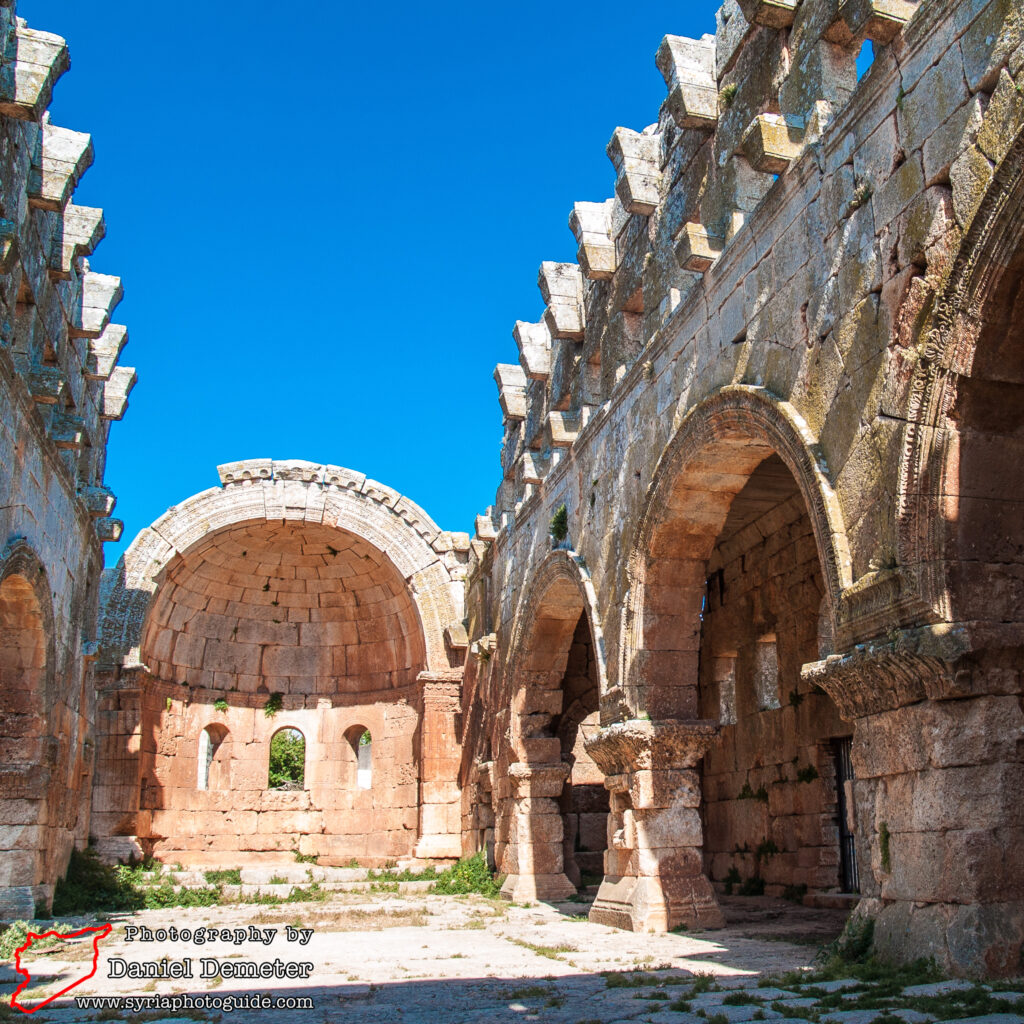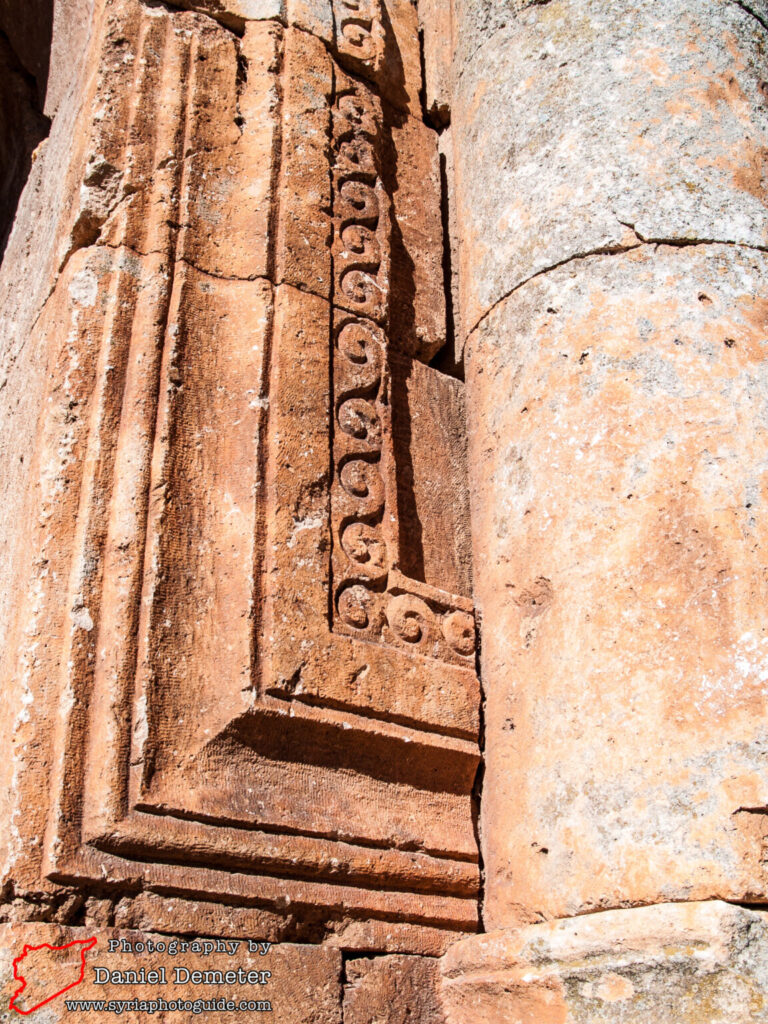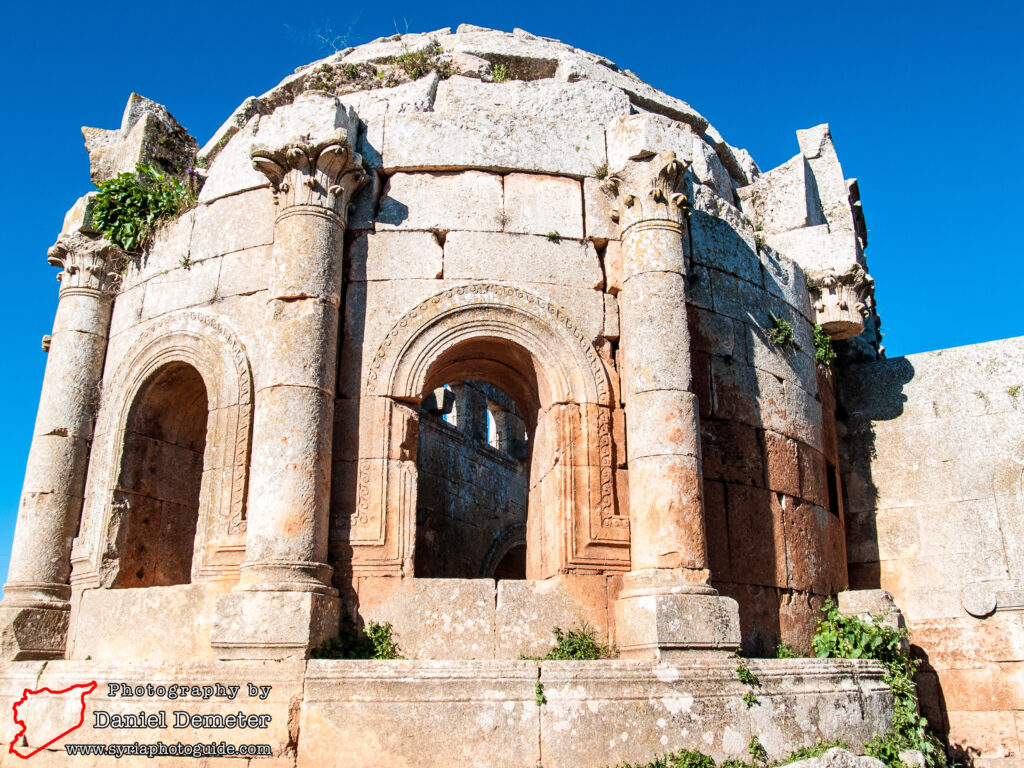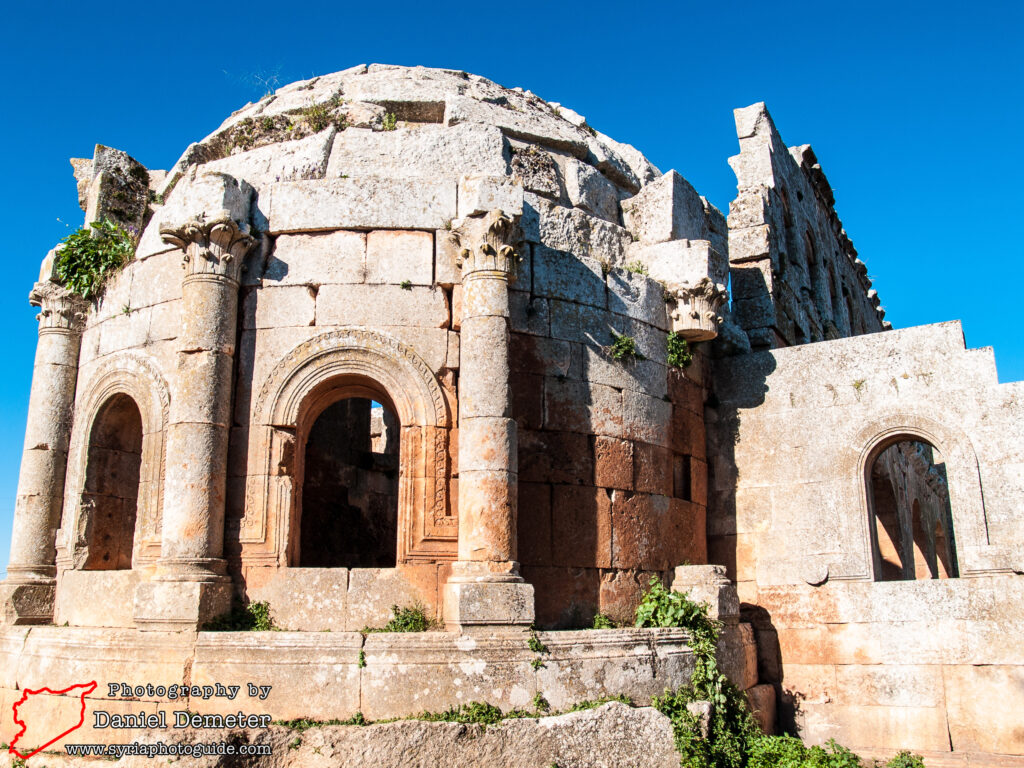The Church of Qalb Al Louza stands in the small Druze village of Jabal al-Samaq and is considered a gem of early Byzantine architecture. It was built around 460 AD with a façade featuring three arches, dominated by a large central arch supported by two columns with intricately carved Corinthian capitals. This design influenced later churches in Normandy and the Notre-Dame Cathedral.
The interior plan consists of a wide nave and two side aisles, culminating in a semi-circular apse. A decorative marble tile featuring a cross within a circle was discovered on the church floor, indicating that the liturgy focused on circularity.
The structure has withstood earthquakes in 1157 and 1170, thanks to its interlocking stone technique that prevents horizontal separation. The local community also contributed to the maintenance of the tiled roof, while a French mission in 2010 removed salts from the walls using compresses.


